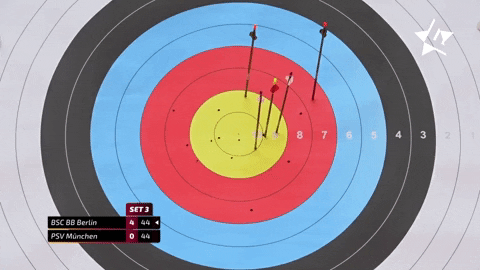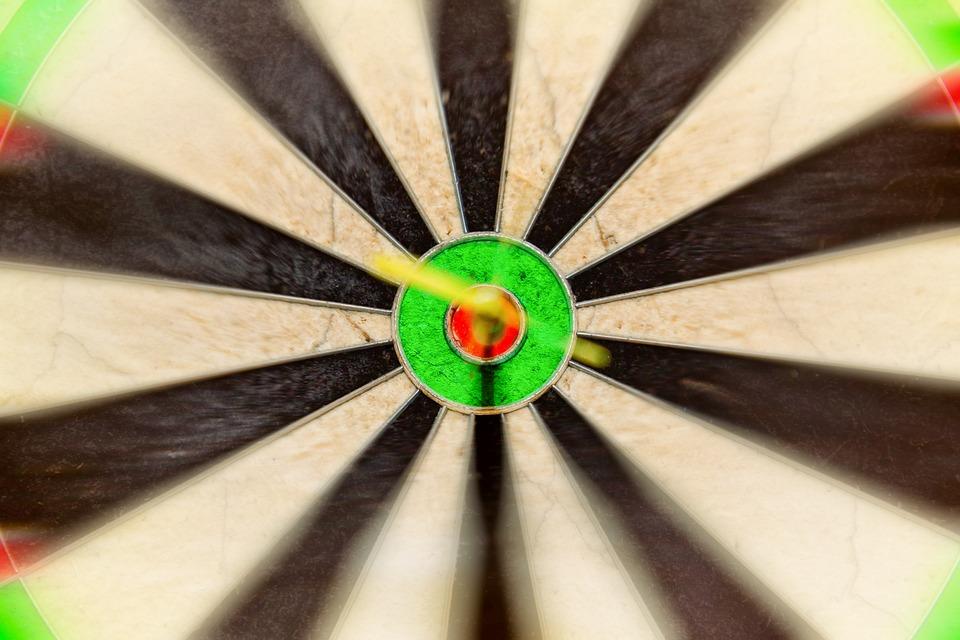Hello trader,
Look, there’s no other way to say this other than it’s been ugly out there.
After I recently wrote about the seasonal weakness that tends to pervade markets in the 2nd half of January, the recent breakdown in the iShares Russell 2000 ETF (IWM) warns a slide lower than we thought was possible a few months ago may be developing.
When prices are falling sharply as they have been across much of the market, traders might rush to buy puts to take advantage of the downside movement.
Statistically speaking, however, this may not be the best way to go about playing stocks from the bearish side when volatility has already risen sharply.
Today, I am going to tell you everything there is to know about one of the options strategies that I like to use under such conditions, which both increases the odds of success and decreases the cost of entering a put position.
In addition, I am going to show you how I find the next big area where several key support levels are lining up as the possible floor for IWM.
If you were trading in the market back in early November, you probably remember all the headlines about the smallcap index (IWM) breaking above the large range it had developed over the previous 8 months.
Well, shortly after that, the index failed to maintain that strength and proceeded to fall back within the range signaling something technicians call a “false breakout.”
Since then, as Figure 1 below reveals, the index has continued to weaken to the point where, this past week, it collapsed below the low-end of this range.
Figure 1
Now, I don’t speak much Spanish, but I do know that our neighbors south of the border would look at Figure 1 and say “no bueno!”
For those of you who don’t know, that expression means “no good,” and that’s for the following reason.
You see, when we measure the downside potential that now exists as a result of this week’s break below the 2021 sideways price range, that potential target lines up with 38.2% Fibonacci retracement support and the Anchored VWAP that starts at the bottom of the COVID-19 lows in March 2020.
This is all laid out on Figure 2.
Figure 2
Make no mistake; there are no guarantees that IWM will continue to fall another 7% or so to the 185 area over the days, maybe weeks ahead.
However, you can be sure that the market is paying attention to this potential.
Turning chaos into opportunity the cost-efficient way
As we wait for this correction, which is a natural part of long-term uptrend, to cleanse the system of weak hands there should continue to be short opportunities in stocks that trade closely with the IWM.
Since IWM is the iShares Russell 2000 ETF, we’re talking about smallcap stocks.
If you’re going to do this using options, though, don’t be so quick to just blindly buy puts.
Why?
Because, again, if the stocks you’re looking to short have already witnessed a sharp jump in volatility as IWM has (see bottom of Figure 1), it’s likely that the price of those puts have gotten pretty expensive.
I like to trade simple 2-leg options spreads called vertical spreads.
In this instance, when prices are falling and volatility has already risen aggressively, a trader can either choose to sell a “bear call spread” to take advantage of (collect) the high premiums that have been built up, or the trader can choose to buy a “bear put spread” to help decrease the cost of buying puts that have become more expensive due to the recent jump in volatility.
Since I haven’t written much about bear put spreads recently, we’re going to focus on the mechanics of that strategy today.
When would a trader use a bear put spread?
The two biggest differences between a bear call spread and a bear put spread, which are both bearish trades, is that when a trader sells a bear call spread they are collecting a premium from the outset and they only need the underlying stock price to move sideways to slightly lower for the trade to be profitable.
Conversely, a trader that buys a bear put spread pays a debit at the outset of the trade and needs the price of the stock to move more aggressively to the downside for the trade to be profitable.
Since the technicals suggest there is further downside from here, I want to play this one a bit more aggressively.
As we’ll discuss in a moment, the profit potential of a bear put spread is limited.
However, the benefit is the odds of success increase, and the trade reduces the cost of buying straight puts.
What are the basic mechanics of a bear put spread?
For example:
If ABC stock closed at $91.15 after a decline of 10% had pushed implied volatility up to a whopping 53%, a trader might decide to buy a $90 (strike) put and pay $11.60.
Due to the recent jump in volatility, the trader recognizes that those puts are pretty darn expensive, so the trader could decrease the cost of buying puts by considering a bear put spread, where he or she could buy the original $90 put at $11.60 and sell a $80 put at $6.60, for a net cost of $5.00.
Remember, these trades are relatively easy to learn, because they only consist of one long put with a higher strike price and one short put with a lower strike price, both of which have the same expiration date.
What’s the maximum profit potential?
The maximum profit a trader can make is the difference between the strike prices minus the net cost of the spread (plus any commissions).
In the example above, the difference between the strike prices is 10.00 (90.00 – 80.00 = 10.00), and the net cost of the spread is 5.00 (11.60 – 6.60 = 5.00).
So the max profit is 5.00 (10.00 – 5.00 = 5.00) per share (minus any commissions).
This maximum profit is realized if the stock price is at or below the strike price of the short put with the lower strike price at expiration.
What’s the maximum loss potential?
The maximum a trader can lose is the cost of the spread (plus any commissions).
In this example, we’re talking a max loss of 5.00.
The max loss is realized if both puts expire worthless, above the strike price of the long put, at expiration.
What’s the breakeven point of the trade?
The trade’s breakeven point is equal to the strike price of the higher priced long put minus net premium paid.
In this example: 100.00 − 5.00 = 95.00
How does the passage of time affect this trade?
Since the trader is a net buyer of options, the trade is sensitive to Theta (time decay).
If the stock price is close to or above the strike price of the long put (higher strike price), then the price of the bear put spread decreases with passing of time (and loses money).
On the other hand, if the stock price is “close to” or below the strike price of the short put (lower strike price), then the price of the bear put spread increases with passing time (and makes money).
Conclusion
With the Fed now in the process of removing the fuel that helped prop markets up to historic levels in 2021, the trading environment is going to become increasingly volatile.
But traders should learn to embrace volatility because of the opportunities it presents.
While embracing volatility, traders must also respect the inflationary effect that increased volatility has on options premiums.
By using bear put spreads to express your bearish opinion of a stock that has already fallen sharply but is showing signs that it can fall further, consider using this trade to help decrease the cost of buying puts that have probably already become relatively expensive.
To YOUR Success!
Comments are closed.





2 Comments
Thanks Jeff for the reminder of using the bear put spreads, I’ll be using them this week. Cheers!
Another trading strategy golden nugget from Jeff Bishop . Thank you.